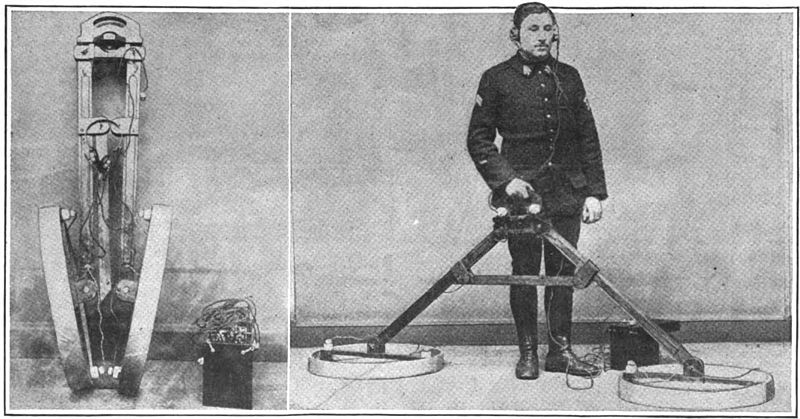
Tamaño de esta previsualización: 800 × 419 píxeles. Otras resoluciones: 320 × 168 píxeles · 640 × 336 píxeles · 1024 × 537 píxeles · 1280 × 671 píxeles · 2144 × 1124 píxeles.
Ver la imagen en su resolución original (2144 × 1124 píxeles; tamaño de archivo: 384 kB; tipo MIME: image/jpeg)
Historial del archivo
Haz clic sobre una fecha y hora para ver el archivo tal como apareció en ese momento.
| Fecha y hora | Miniatura | Dimensiones | Usuario | Comentario | |
|---|---|---|---|---|---|
| actual | 11:21 1 sep 2013 |  | 2144 × 1124 (384 kB) | Chetvorno | User created page with UploadWizard |
Usos del archivo
La siguiente página usa este archivo:
Uso global del archivo
Las wikis siguientes utilizan este archivo:
- Uso en en.wikipedia.org
- Uso en eu.wikipedia.org
- Uso en fr.wikipedia.org
- Uso en vi.wikipedia.org



